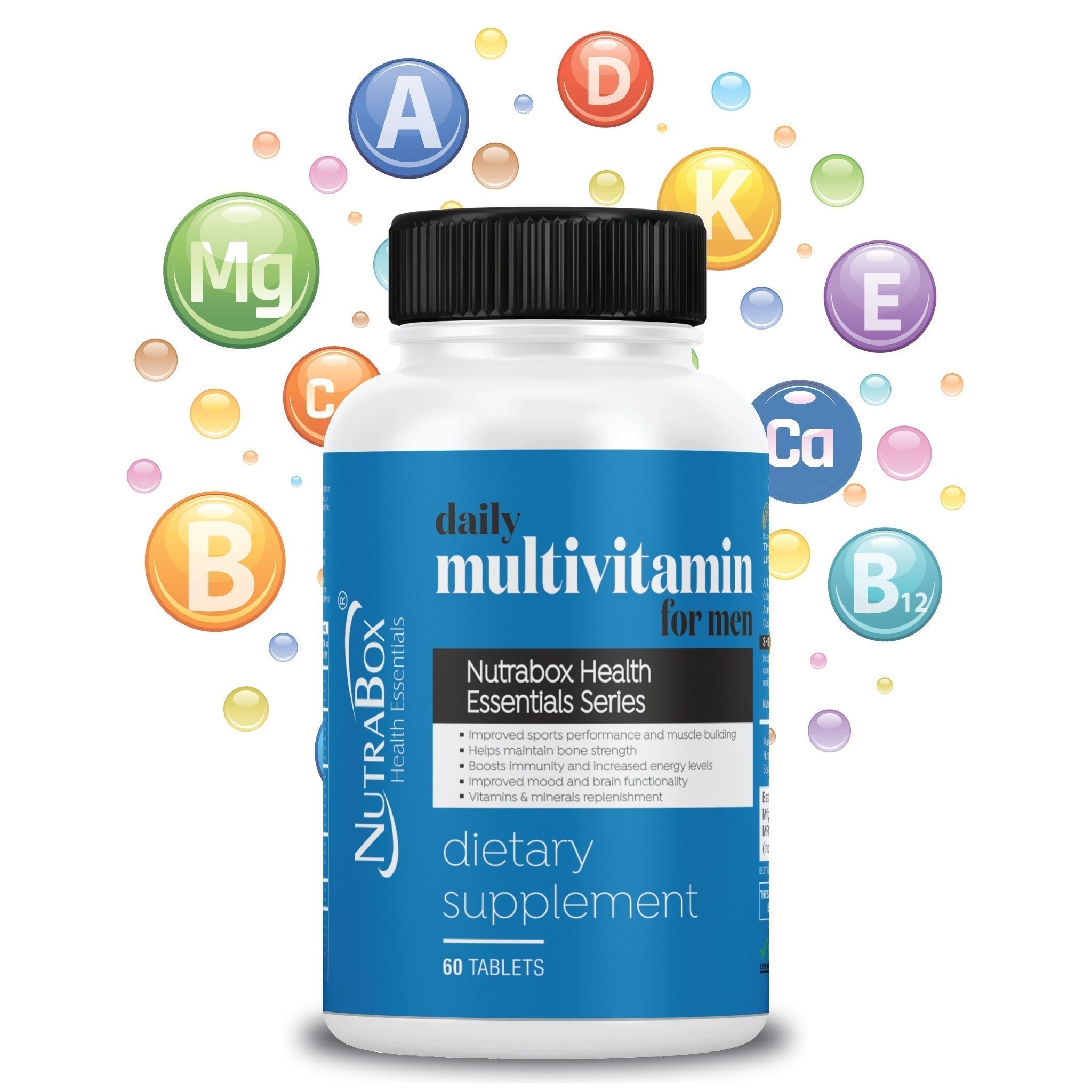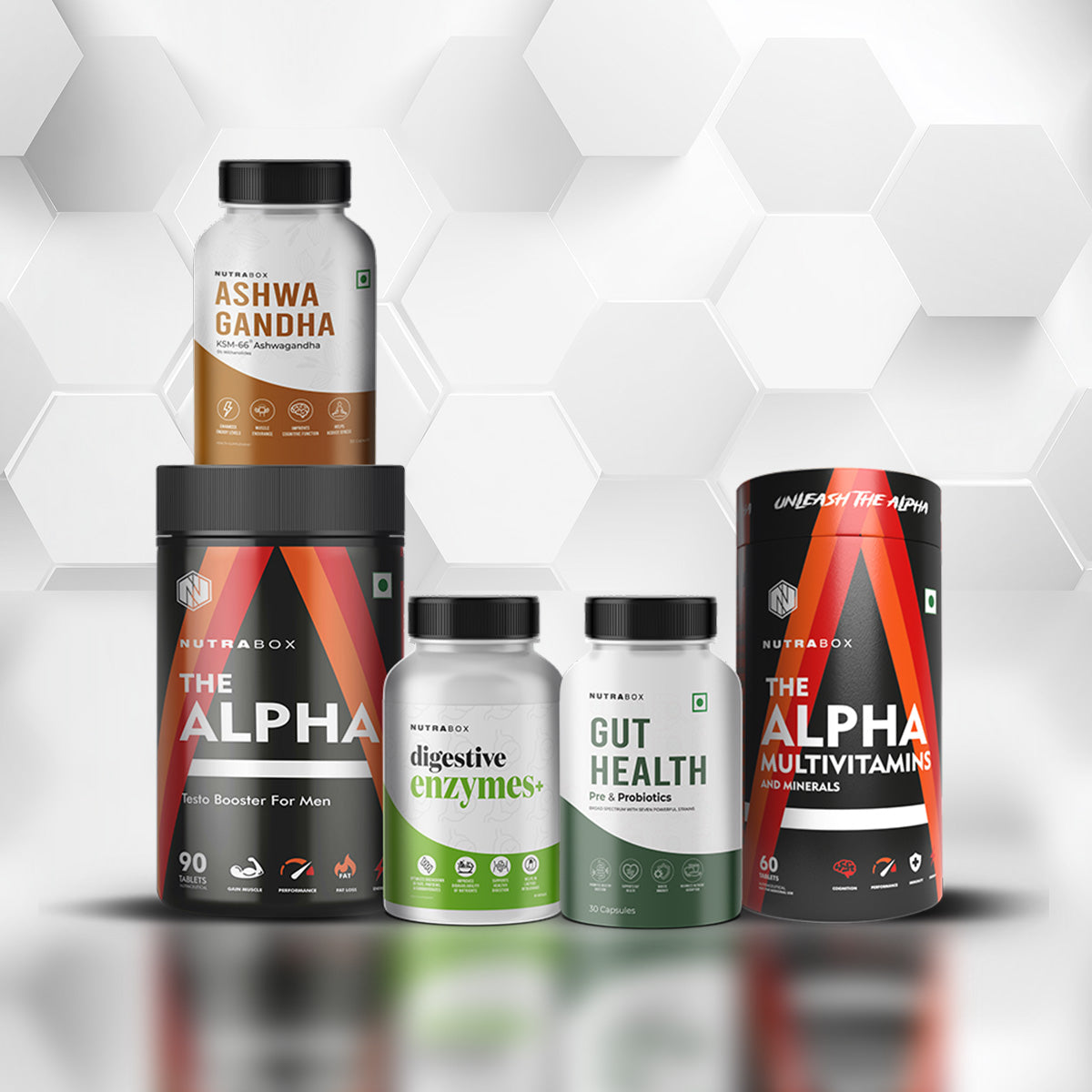Why You Still Need Amino Acids Like Glutamine, BCAA & EAA — Even If Your Diet Is Perfect
You’ve dialed in your macros, hit your protein goals, and eat clean. So why would you still need amino acid supplements like Glutamine, BCAA, or EAA?
It’s a fair question, especially in a world where “food first” is the mantra. But when it comes to performance, recovery, and resilience, targeted amino acid support still plays a role your diet alone can’t always cover.
🔬 The Science Behind Amino Acids
Proteins are made of 20 amino acids, 9 of which are essential — meaning your body cannot produce them. These Essential Amino Acids (EAAs), along with BCAAs and Glutamine, power muscle protein synthesis, recovery, immunity, and cellular repair.
Even if your diet provides enough protein, amino acid supplements fill timing gaps, improve absorption speed, and support recovery during workouts, stress, and calorie deficits.
🧠 1. Glutamine – Recovery Fuel for the Gut and Muscles
Glutamine is the most abundant amino acid in your body, making up more than 60% of the muscle amino pool. During hard training or stress, levels drop sharply and the body diverts it toward immunity and gut repair.
Why it still matters:
-
Supports gut integrity and immune defense
-
Reduces inflammation and post-workout soreness
-
Helps recovery during illness or calorie deficit
When to take: 5g post-workout or before sleep.
⚙️ 2. BCAA – Quick Muscle Support During Training
BCAA (Leucine, Isoleucine, Valine) act as the first responders for muscle. Leucine activates the mTOR pathway — the trigger for muscle protein synthesis.
Intra-workout BCAA helps prevent muscle breakdown, especially in fasted training, long sessions, or low-calorie phases.
Why it still matters:
-
Reduces fatigue and soreness
-
Supports protein synthesis even when food is delayed
-
Great for fasted workouts
-
Ideal for athletes training twice a day
When to take: Sip 6–8g during workouts.
🧩 3. EAA – The Complete Muscle Matrix
BCAAs are just 3 of the 9 essential amino acids.
EAA gives your body the complete building block profile required for muscle repair and growth.
Think of BCAAs as the spark…
and EAAs as the full fuel tank.
Why it still matters:
-
Supports complete muscle protein synthesis
-
Crucial for vegetarians and calorie-deficit diets
-
Helps preserve muscle during fat loss
-
Improves recovery and energy during long workouts
When to take: 1 serving pre- or intra-workout.
⚡ Real-World Example
Even elite athletes with “perfect diets” face amino acid depletion during intense training blocks, fasting windows, or travel.
Supplementing with EAAs, BCAAs, and Glutamine ensures fast-absorbing amino acids are always available.
That’s why these supplements act like performance insurance — not replacements for food, but reinforcement when timing matters.
🧬 The Bottom Line
A clean diet gives you the foundation.
Amino acids give you the edge.
-
Glutamine — Immune & gut recovery
-
BCAA — Anti-catabolic intra-workout support
-
EAA — Complete recovery & growth
Together, they help you push harder, recover faster, and stay consistent — the three pillars of long-term performance.
🧠 References
-
Newsholme, P. et al. (2003). Glutamine metabolism in immune cells: impact on function.
-
Wolfe, R.R. (2017). Branched-chain amino acids and muscle protein synthesis: myth or reality?
-
Churchward-Venne, T.A. et al. (2012). EAA supplementation enhances muscle protein synthesis post-exercise.

























